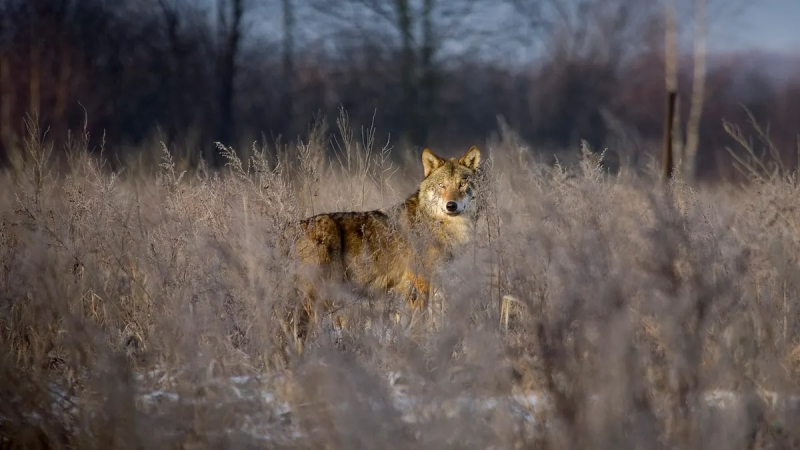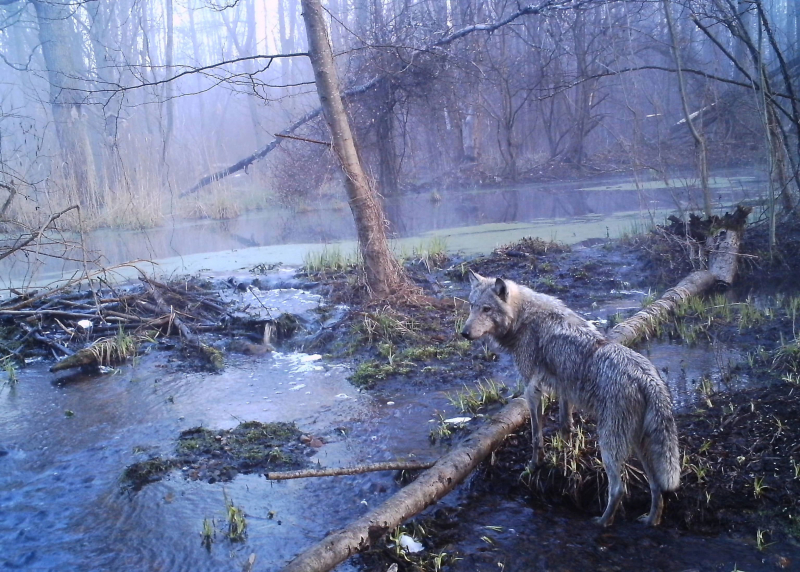Chernobyl May Have Actually Been A Boon For Wildlife
The first fact about the disaster at the chernobyl nuclear plant is it may be a benefit for wildlife. The Chernobyl Forum declared in 2005 that this area "has paradoxically become a unique sanctuary for biodiversity." Some wildlife, such as wolves, bears, eagles, lynxes, and elk, have grown their numbers as a result of the lack of human activity surrounding the halted plant. Even though some species appear to thrive, the radiation has been shown to induce substantial and sometimes fatal deformities in others, including malformed beaks in birds, increased cataract levels, albinism, and lower rates of helpful bacteria.
Moose, red deer, wolves, lynx, bears, eagles, and other megafauna reportedly began taking refuge in the exclusion zone around Chernobyl as forests reclaimed land previously given over to industry and agriculture, and without people around to shoot and poison them, moose, red deer, wolves, lynx, bears, eagles, and other megafauna reportedly began taking refuge in the ex The Chernobyl Forum concluded in 2005 that this area "had paradoxically become a unique haven for biodiversity." Despite the fact that some species appear to thrive, radiation has been demonstrated to produce substantial and potentially fatal deformities in others, such as malformed beaks in birds.












